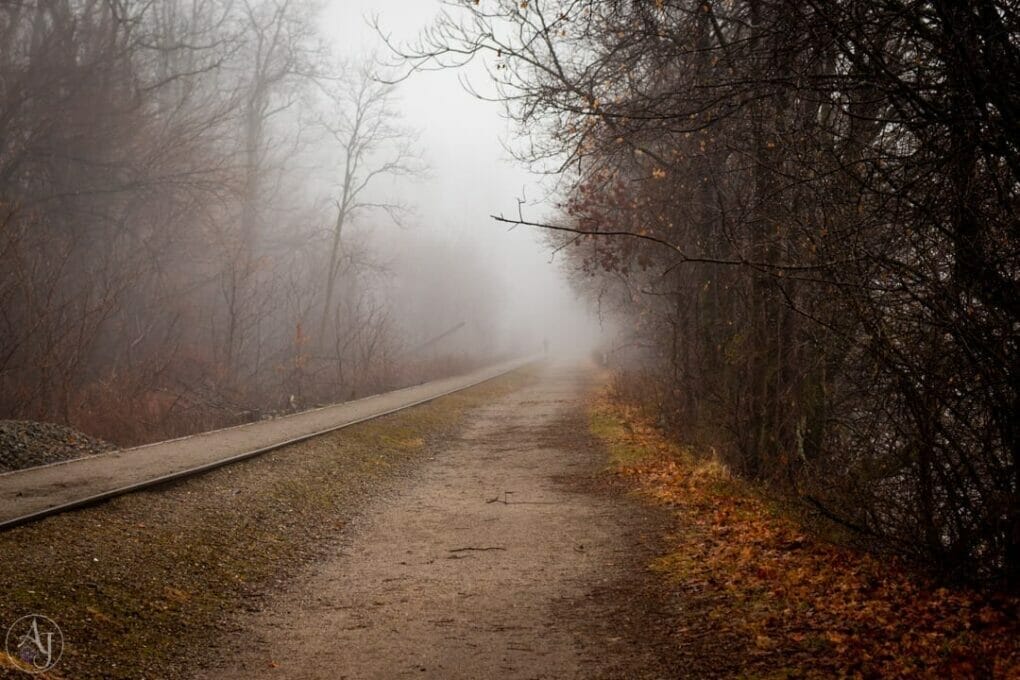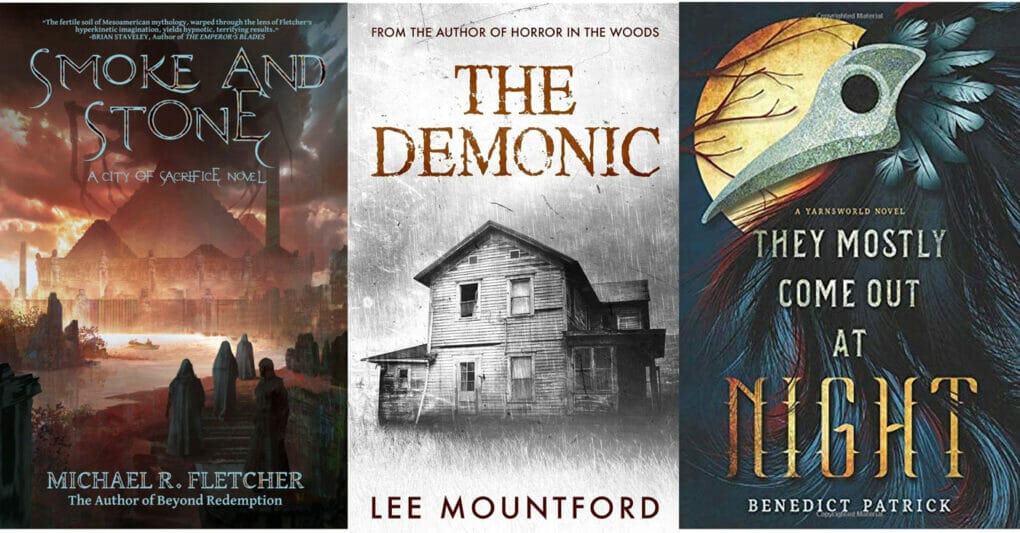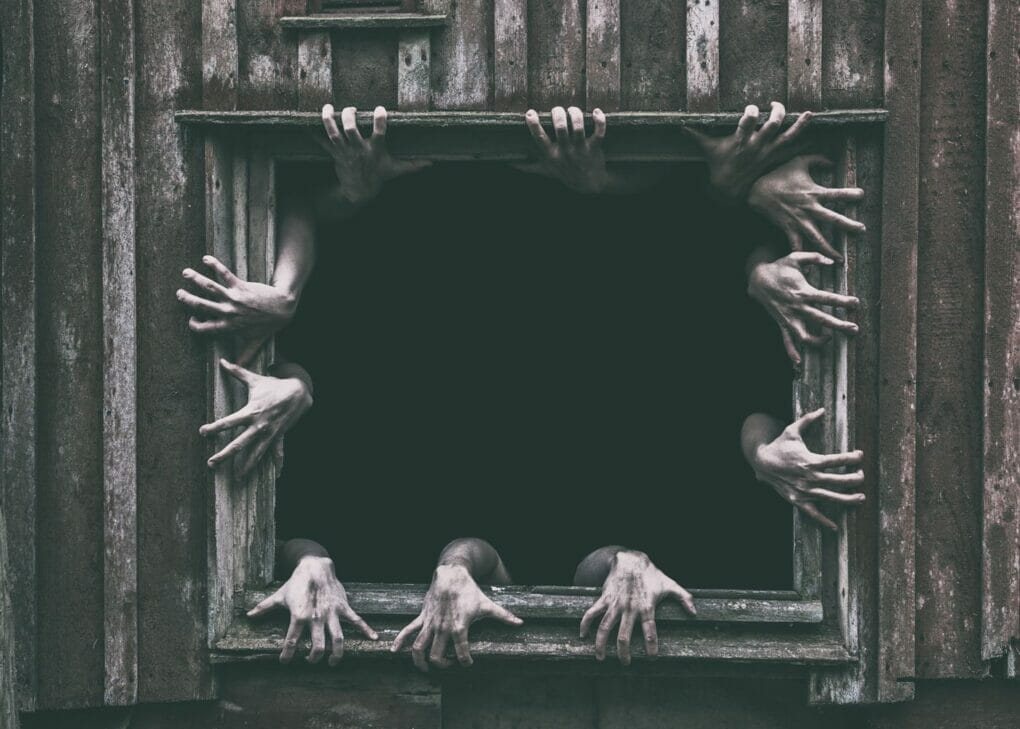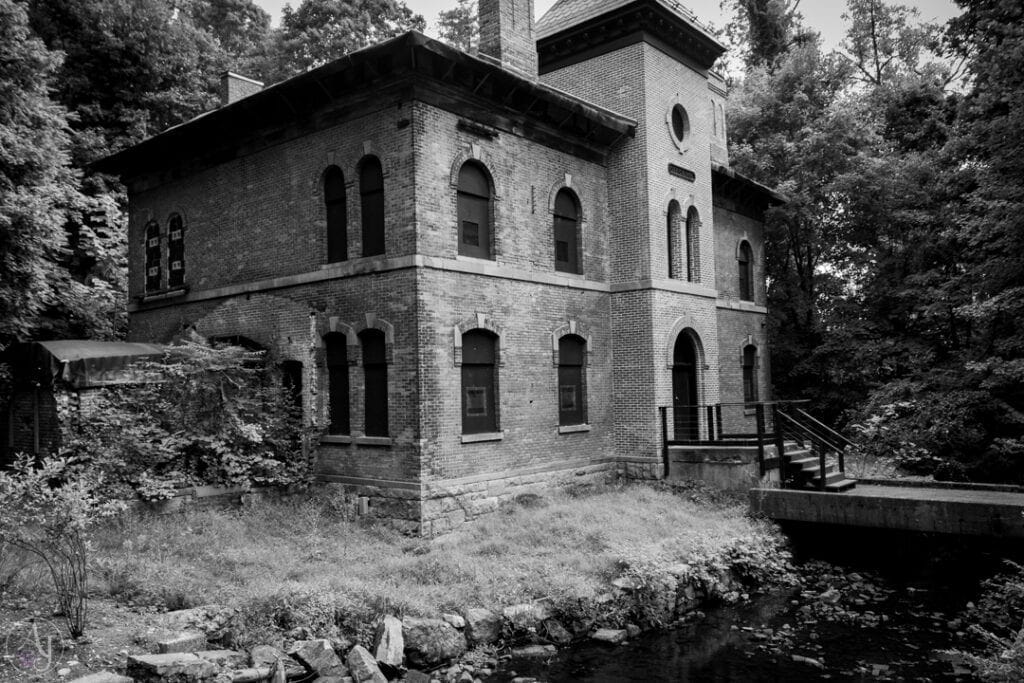
You visit a haunted house. Bad things happen. Either you’re scarred for life or you become one of the ghosts now haunting the house.
Haunted location stories have a straightforward storyline. I’m currently writing several and I’ve been struggling to make them unique. Yes, I know there’s nothing new under the sun but you don’t want your story to be predictable. How can you write a terrifying supernatural story?
Inhale Horror Stories
People often say my stories were too scary for them, even my fantasy books. I’d be stumped. I hadn’t written that story to frighten people. I’ve inhaled so many horror books, mangas, movies even anime that it comes when I write. You want to write scary stories, read a lot of scary stories. I listed a few books in Writing Chilling Horror Stories: Book and Poem. I’d also recommend anything by Junji Ito.
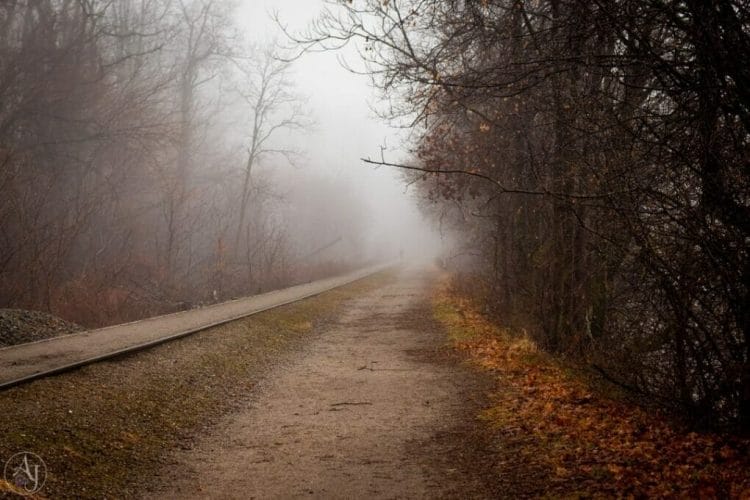
Write Real People
Horror isn’t just about the scares. It’s about how the situation affects the character. Don’t create cannon fodder stereotypes. Make them real people so we care when something bad happens to them.
That being said, I don’t remember the character names from many classic horror tales but the stories stuck with me. If you’re writing a shorter story, you may be able to get away with a flat character but not something novel-length. I’d still advise staying away from stereotypes unless you’re using them on purpose.
The Horror Needs to have a Purpose
A door opening by itself is scary but if you’re throwing them in just because, then it starts getting old. Why is the demon or spirit opening doors? Even if you never fully explain it to the readers, the horror needs to make sense to the story.
Pace Your Horrors
If you put too many scares, readers will become overwhelmed. If you put too few, they’ll become bored. Junji Ito is good at pacing, You should study his manga. His stories get to the action almost right away and never let up but you don’t get bored or feel like you need time to breathe. When studying other books, examine how authors manage pacing. Classic ghost tales tend to front-load their stores with exposition but they’re good when they get going.
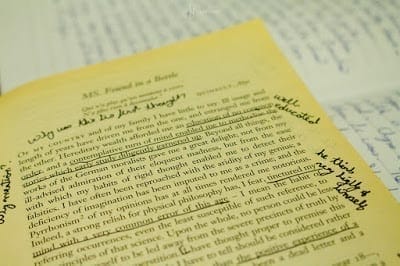
Add Atmospheric Descriptions
Haunted location stories are all about that creepy atmosphere. How can you write chilling descriptions? Read stories like Bram Stroker’s Dracula, anything by Poe or The Yellow Wall-Paper by Charlotte Perkins Gilman. Grab an anthology of classic ghost stories. Read it, study it, underline passages that stick out to you.
I usually don’t worry about adding atmosphere in the first draft. With my current story The Wailing Town, one character is lost in an underground city. She’s alone with two mutilated ghost children as companions. Scary things happen but mostly, I want the fear to come from her being alone in the dark, which means creepy atmosphere.
Hurt Your Darlings
Don’t be afraid to torture your characters. It’s horror. They’re supposed to be afraid. You don’t have to hurt them physically. Being haunted can be mentally crushing.
Tap into your Own Experiences
Some of us don’t know what it means to be trapped in a house with an enraged spirit but we do know what it feels like to be afraid. Whenever I experience a strong emotion, I open a journal or note app (after I’ve calmed down) and write down what was going through my mind, how my body reacted, everything I remembered.
I once got lost while exploring a cemetery. I roamed in the dark by myself until I found the exit. This wasn’t the first or last time I was in a creepy environment. I photograph everything to jog my memory later when writing a scary story.
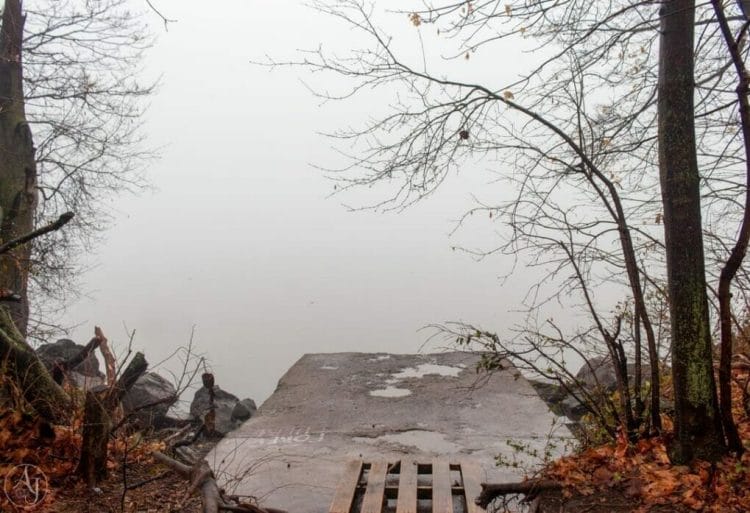
Have fun. Sprinkling in those atmospheric descriptions puts a smile on my face. Giving myself the willies is strangely satisfying. Always have some else read your work. As a long-time horror fan, I pretty bad at judging what’s scary. It always helps to get feedback on your story.
Do you have any tips you want to add? Any questions? Comment below.
Happy Month of Horror.

